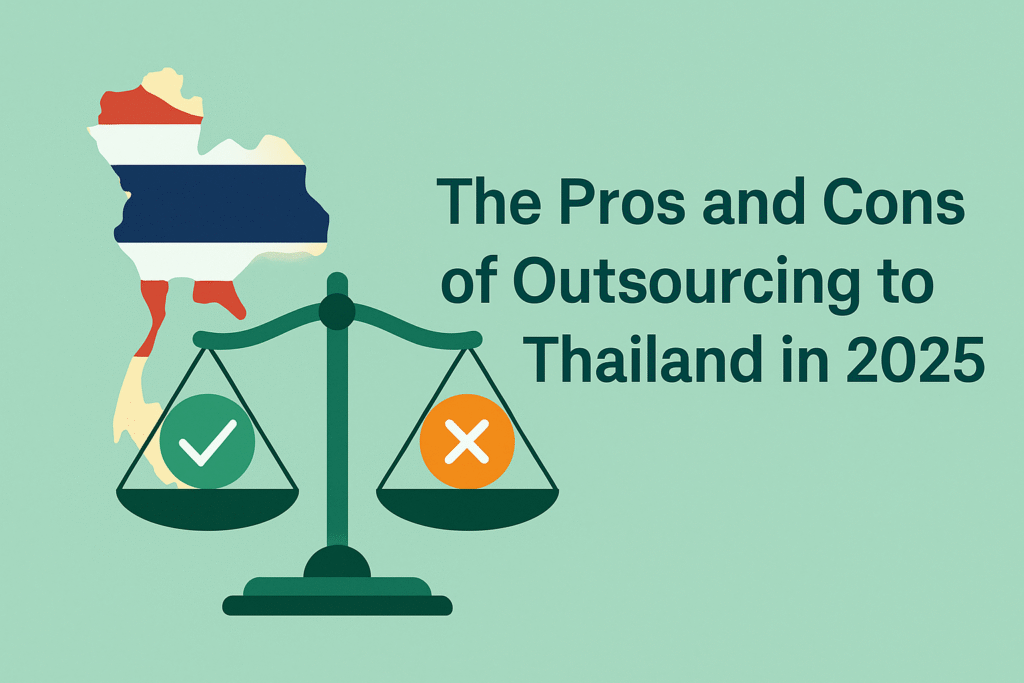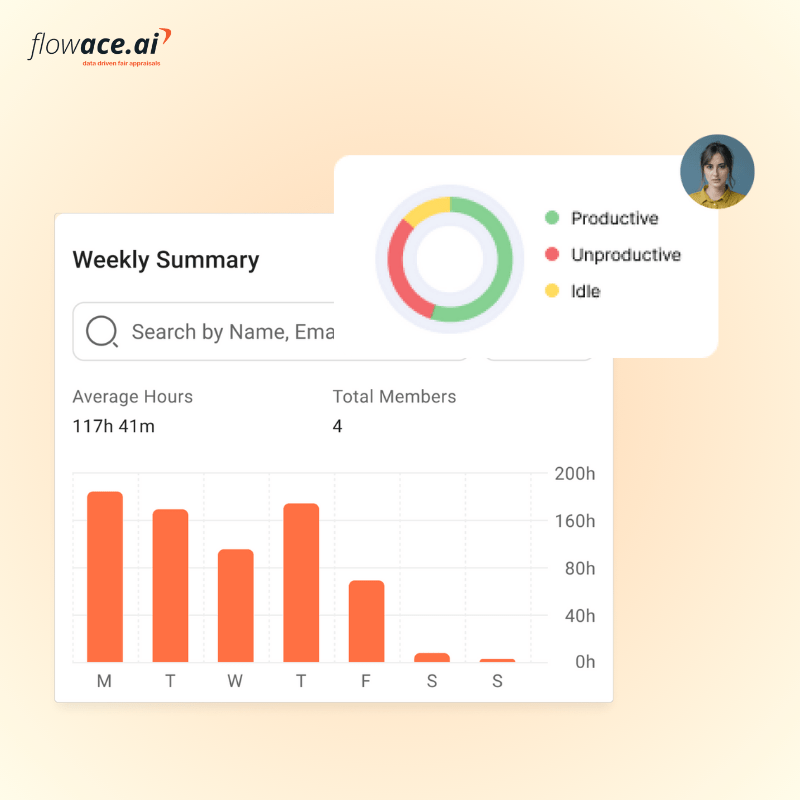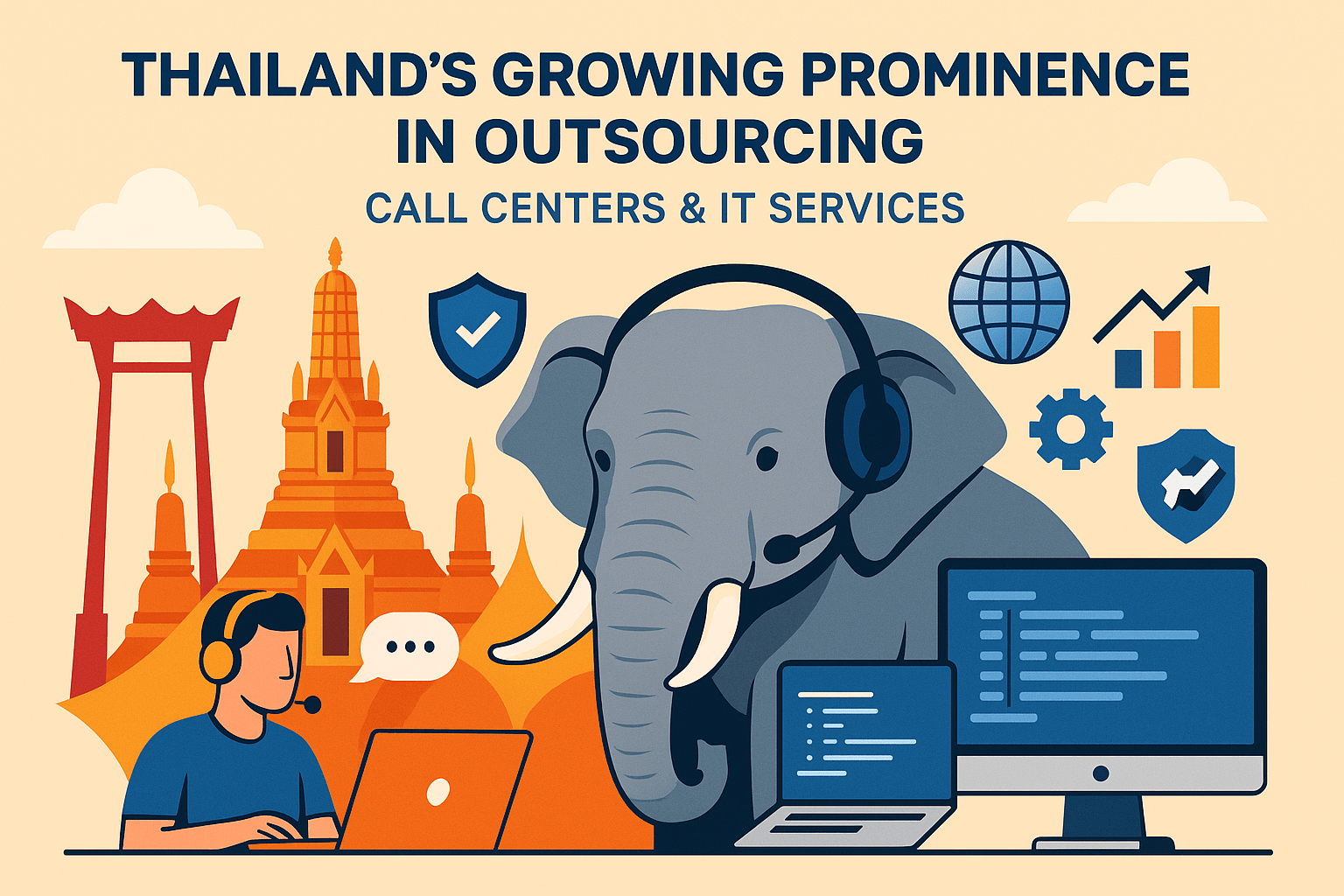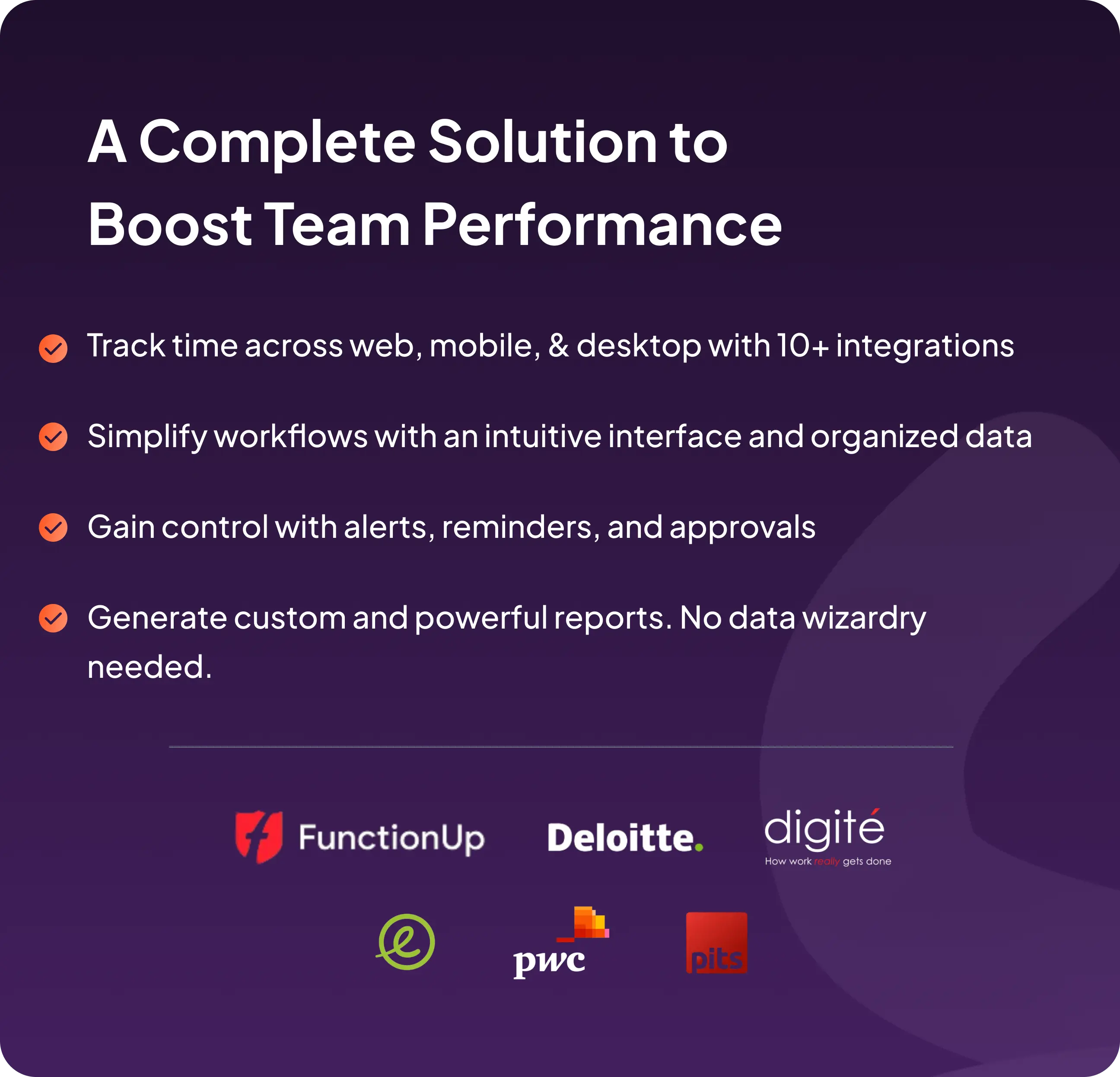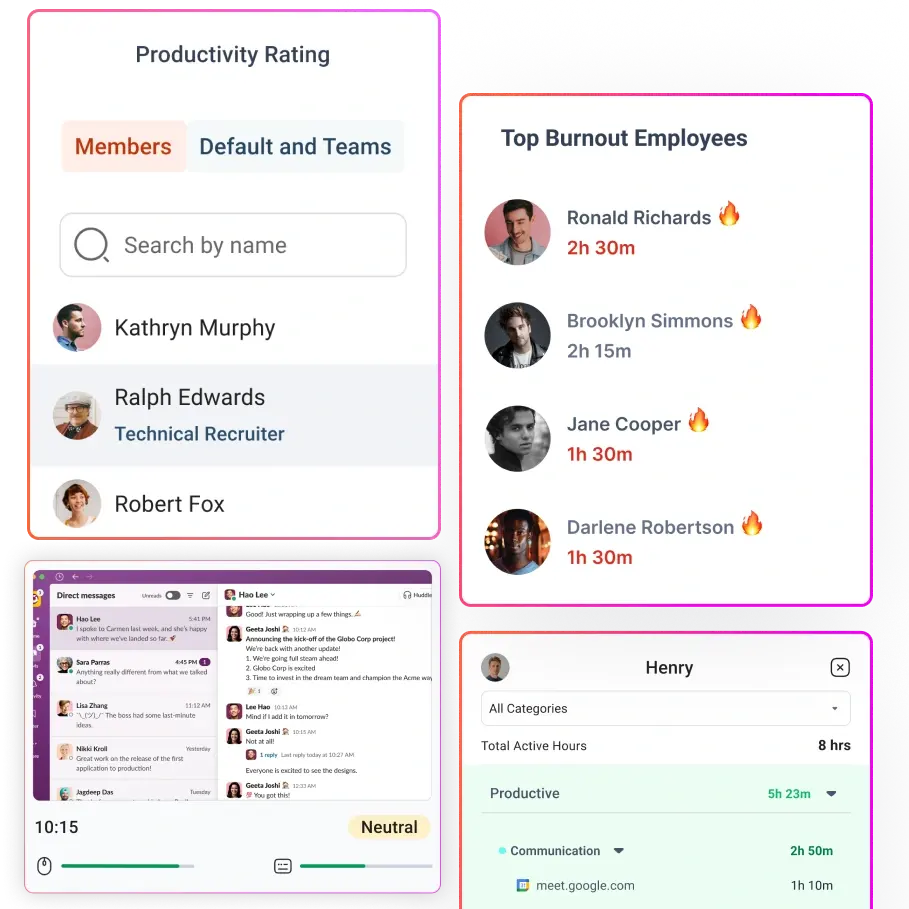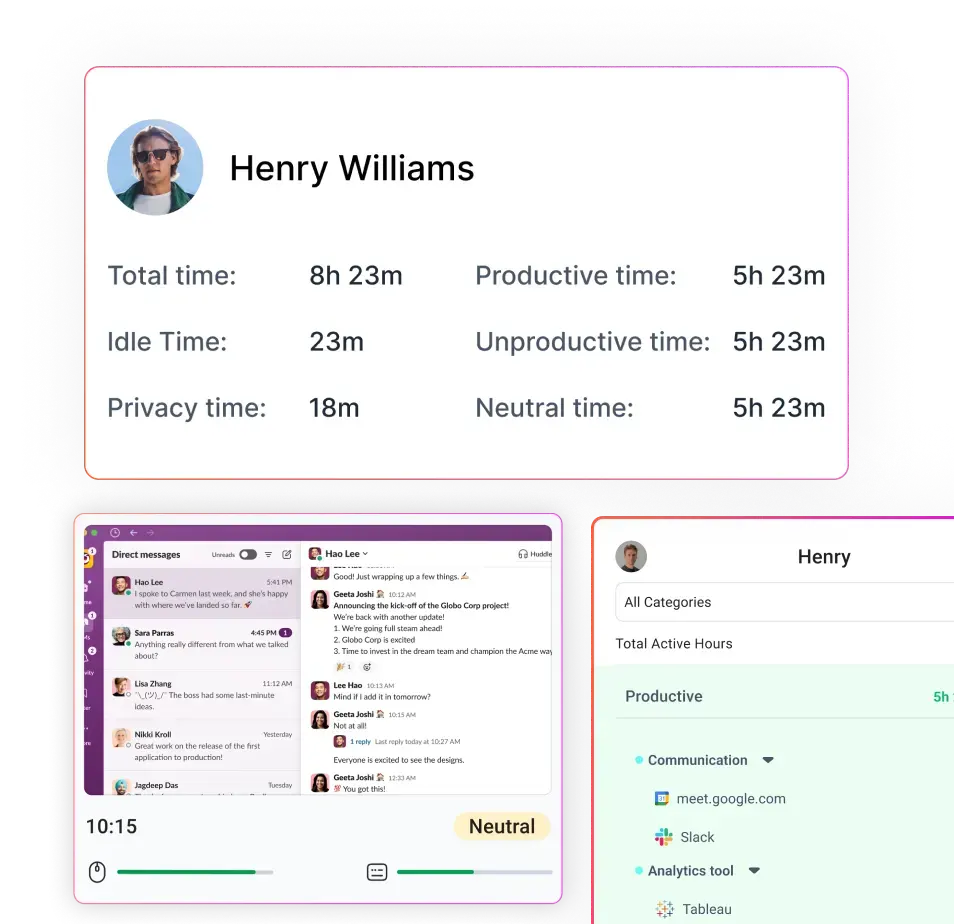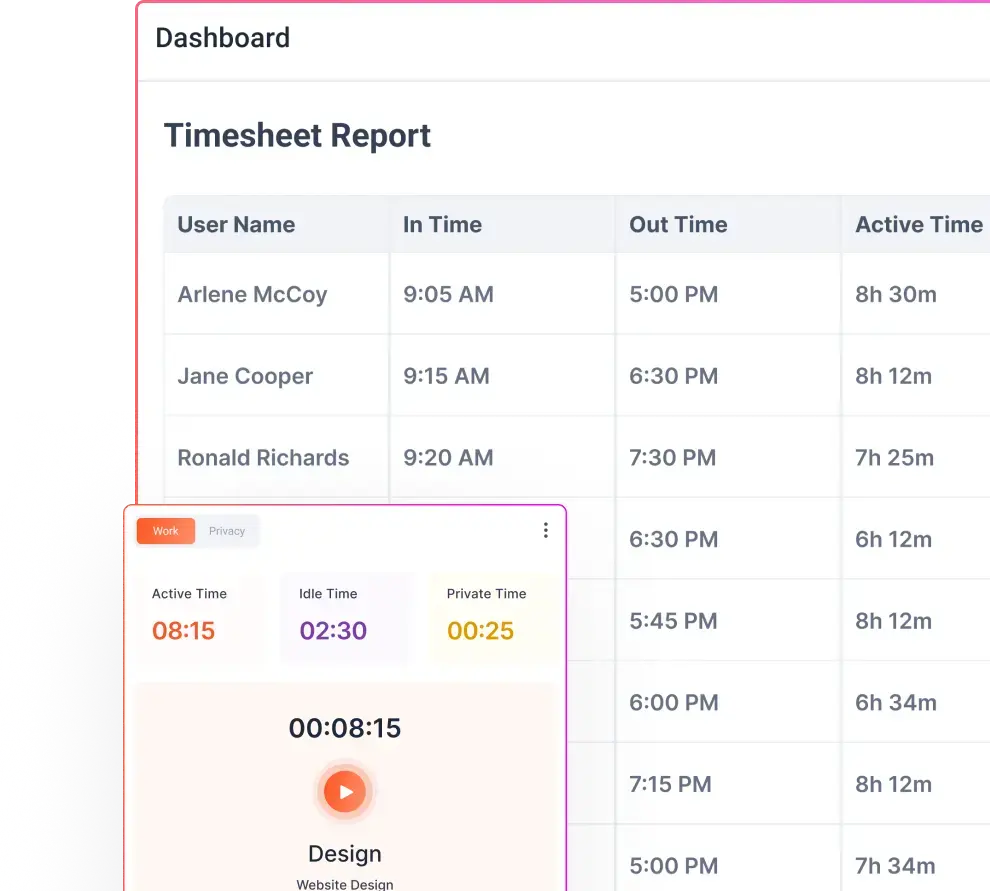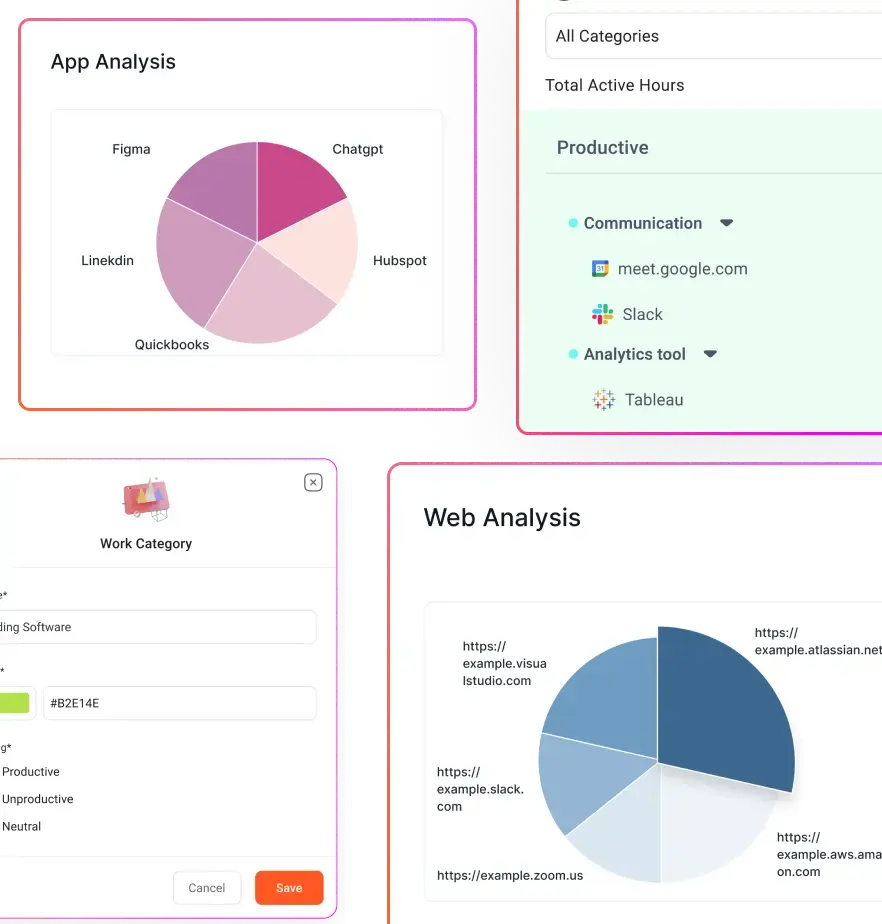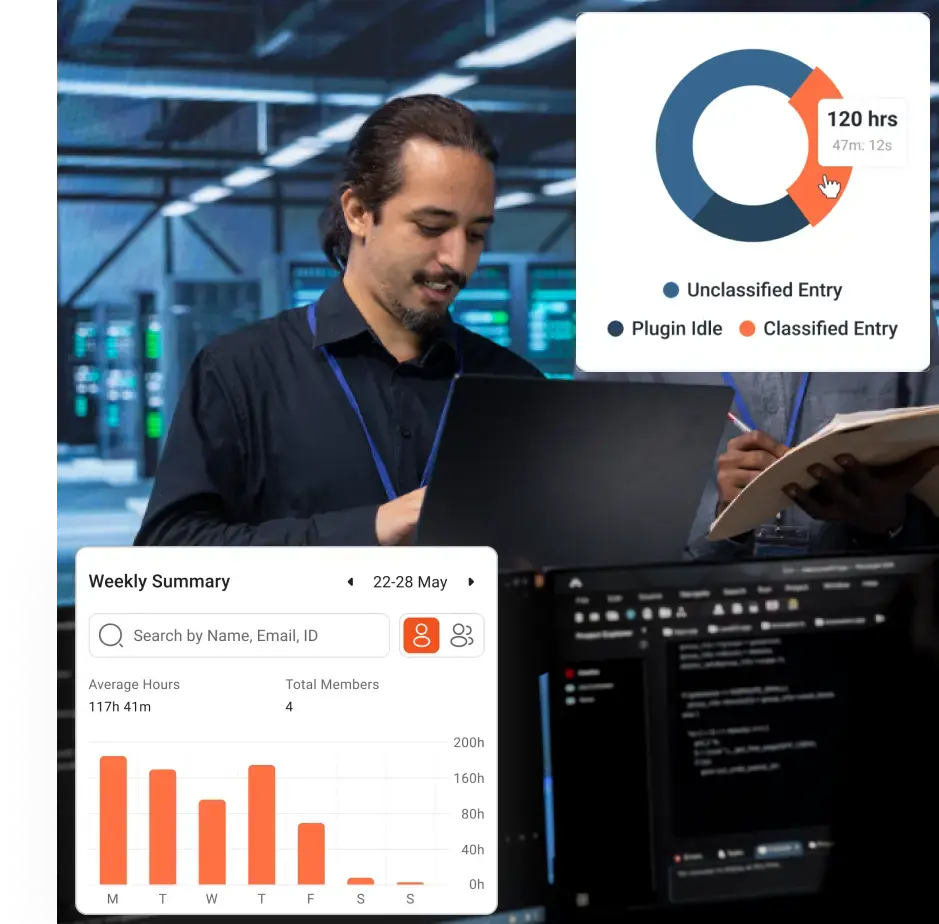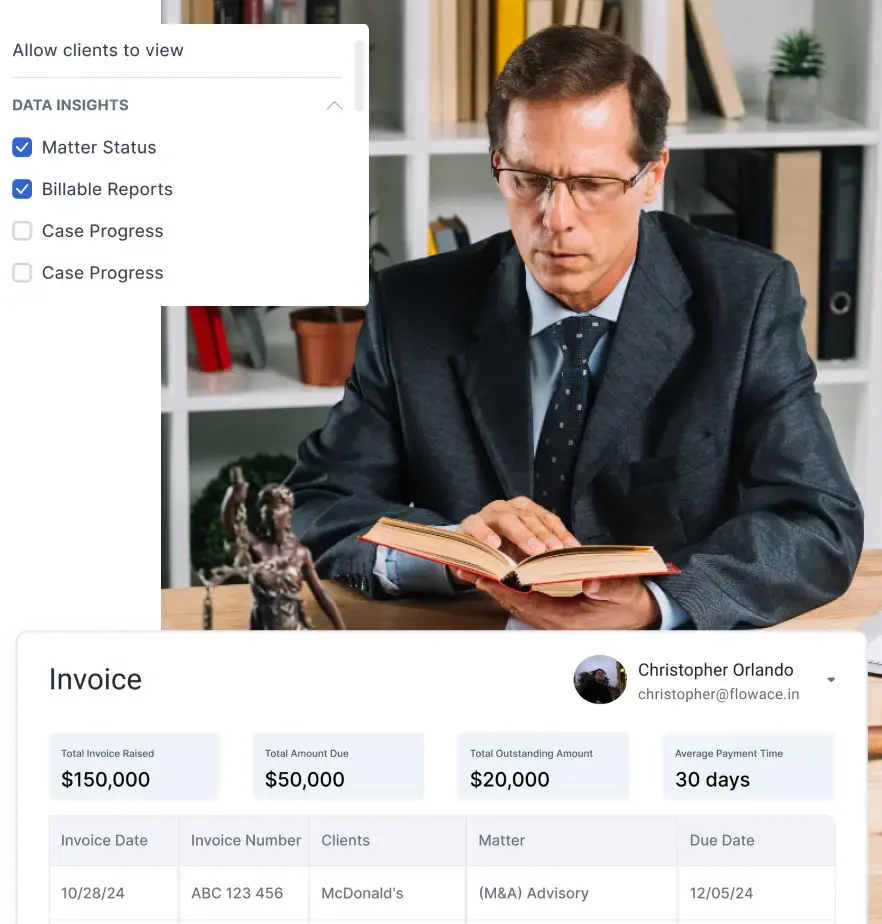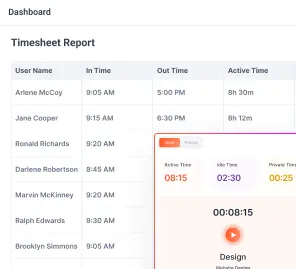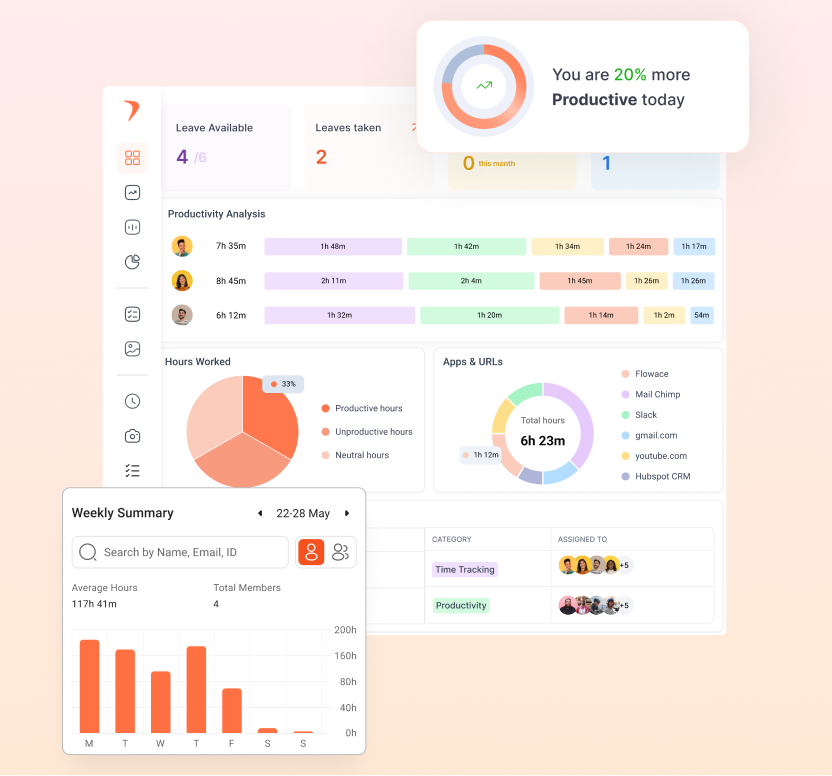Outsourcing has long been a strategy for companies looking to cut costs and access skilled global talent. In 2025, Thailand is emerging as a noteworthy player in this space. Companies are drawn to Thailand not just for affordability, but for its increasing focus on quality, tech education, and time zone overlap with major markets in Asia and Australia.
Key Takeaways:
- Thailand Offers Strong ROI: You can cut operating costs by 20–50% by outsourcing to Thailand, thanks to lower wages, skilled talent, and high work quality, especially in IT and customer service roles.
- Reliable, Educated, and Culturally Aligned Workforce: With 300,000+ annual graduates, rising English fluency, and a culture of patience and professionalism, Thai teams offer both competence and compatibility for global clients.
- Hidden Costs Can Undermine ROI: Time zone gaps, unclear ownership, and quality issues can reduce outsourcing benefits. Without proper oversight, productivity loss and rework can erode savings.
- Flowace Maximizes Outsourcing ROI: Flowace tracks time, scores productivity, and gives real-time visibility, making it easy to ensure you’re paying for actual, high-value work. It also builds trust with ethical monitoring. Want to see it in action? Start your free trial today.
- Success Depends on Structure and Strategy: Use a hybrid team model, hire for the long-term, implement Flowace from day one, and maintain clear communication. Regular reviews and goal alignment are crucial to long-term success.
What Makes Thailand a Global Outsourcing Hub?
Thailand is quickly becoming a favorite spot for global outsourcing. Its BPO (Business Process Outsourcing) industry has been growing fast, with nearly 15% annual growth since 2018. Thanks to initiatives like Thailand 4.0 and government support through the Board of Investment (BOI), the country is building a strong digital economy.
Outsourcing to Thailand is a smart move in 2025 for the following reasons:
1. A Skilled, Ready-to-Work Talent Pool
Thailand offers a well-educated workforce with a 93.8% literacy rate. Each year, around 300,000 new graduates enter the job market, many with degrees in tech, business, or related fields. On top of that, the Thai government is investing in training programs like AWARE 2 to boost tech and vocational skills.
If you’re outsourcing to Thailand, you’re not just getting affordable help—you’re getting smart, trainable people who can grow with your business.
2. Competitive Costs Without Compromising Quality
One of the biggest reasons companies look to Thailand is cost. Labor and business expenses here are 40–60% lower than in the U.S. or Europe.
For example, a senior IT project manager might cost around $59,000 in Thailand, compared to $102,000 in the U.S.. And with the lower cost of living, hiring multiple Thai employees can often be more affordable than hiring one Western-based worker.
3. A Strategic Time Zone That Works for Everyone
Thailand runs on GMT+7, which gives it a good working hour overlap with Europe and some early or late hours for U.S. teams. This makes it great for “follow-the-sun” models, when your support team in Thailand can handle customers while your main office is offline.
Thailand has solid infrastructure. Places like Bangkok offer high-speed internet, stable power, and modern office setups, making remote collaboration smooth and reliable.
4. Improving English and a Culture of Patience
English skills in Thailand are getting better every year, especially in cities and business hubs. Many outsourcing firms focus on hiring people fluent in English, and some even offer multilingual support in Mandarin, Japanese, Korean, and European languages.
Thai culture also values calm, polite communication, something locals call “jai yen.” This makes Thai support teams especially good at handling customer service calls with patience and empathy.
5. A Business-Friendly Environment
The Thai government actively supports foreign companies through its Board of Investment (BOI). You get benefits like tax holidays, duty exemptions, and even 100% foreign ownership in certain sectors.
Setting up shop is easier now, too. Thailand ranks #21 in the world for Ease of Doing Business, ahead of China and Vietnam. Their data privacy law (PDPA) aligns with global standards, so you don’t have to stress over compliance either.
ents across Asia-Pacific, Thai teams fit right in with the region’s business hours.
Is Outsourcing to Thailand Worth It? Let’s Talk ROI
At the end of the day, outsourcing is all about getting more value for your money. You want lower costs, good quality, and solid output. So let’s break down how Thailand performs on all three fronts:
1. Cost Savings That Add Up Fast
Thailand offers serious cost advantages. A Thai call center agent costs around $8–$15/hour, while the same role in the U.S. could cost $25–$35/hour.
Now, imagine a team of 50 agents. You could save $500K to $1 million a year, just on salaries.
And it’s not just about wages. Office space, utilities, and other overheads are also cheaper. In fact, many companies find they can hire an entire Thai development team for the price of two local hires in the West.
These savings often lead to a 20–50% drop in operating expenses. But don’t just chase the lowest price. If a team is slow or needs constant handholding, your savings could vanish.
2. Quality That Holds Up
You might wonder, “Am I trading price for quality?” Not really. Thai outsourcing firms are known for strong work standards.
Thai developers often follow global best practices like Agile and clean code principles. Support teams regularly hit high satisfaction scores, thanks to their patient and respectful culture.
Many firms in Thailand are ISO-certified and have strict quality control in place. Their employee turnover is lower than in other countries. That means you’re not constantly retraining new people.
Sure, you’ll want clear communication and solid project management in place. But overall, Thailand offers a high quality-to-cost ratio.
3. Consistent Output and Productivity
Thai teams can match your local teams in both speed and results. They’re usually detail-oriented and deadline-driven. And thanks to the time zone difference, they can move work forward while your home team sleeps.
Most Thai outsourcing firms use SLAs (Service Level Agreements), so you’re not left guessing. You’ll know when to expect deliverables and how fast support tickets will be handled.
Keep in mind: the ramp-up phase might take a little time. But once they’re up to speed, Thai teams can be just as productive.
Crunching the Numbers
Let’s say a project costs $500,000 locally. If a Thai team delivers the same results for $250,000, you just doubled your ROI.
Even with a bit of extra spending for travel or oversight, the savings are hard to ignore.
Of course, you’ll want to keep an eye on progress and make sure quality doesn’t slip. That’s where good employee monitoring tools and smart management come into play.
Bottom Line:
Outsourcing to Thailand gives you strong returns. You save on costs, get solid quality, and maintain output. As long as you choose the right partner and track performance, it’s a smart move that could seriously boost your bottom line.
Hidden Costs & Productivity Risks in Outsourcing to Thailand
Like any big move, it’s not all smooth sailing. If you’re not careful, a few hidden issues can sneak in and eat away at your ROI.
Let’s go over some of the most common risks and how you can handle them before they become a problem.
1. Time Zone Gaps and Communication Delays
If you’re in the U.S. and your team’s in Thailand, you’re looking at a 12-hour difference. That means your urgent question might not get answered until the next day. Meetings can be tough to schedule, too.
Even with partial overlap (Thailand’s GMT+7 works well with Europe and a bit with the U.S.), expect a few early morning or late-night calls.
Add in local holidays, different communication styles, or the occasional language barrier, and things can get lost in translation.
To manage this, set up a few golden hours where both teams are online together. Use tools like Slack or Zoom to stay in sync. And be clear with instructions—always.
2. Work Visibility and Oversight
You can’t walk over to someone’s desk and check on progress when your team is halfway across the world. That makes it easy to miss red flags, like someone struggling with a task or getting distracted.
There’s also the worry: Are you really getting eight full hours of productive work? Or are you paying for time that isn’t well spent?
That’s why many companies use time tracking or project dashboards to keep tabs. Tools like Flowace (more on that soon) give you a clear picture—how much is getting done, who’s active, and where time is going. That visibility helps you catch problems early, not when they’ve already snowballed.
3. Accountability and Task Ownership
One risk with outsourcing is that your external team might not feel truly part of your business. They follow instructions, but don’t take real ownership. You might see fewer ideas, less initiative, or tasks falling through the cracks.
That’s where your leadership comes in. Make them feel like part of the team, not outsiders. Give them clear roles, include them in planning, and show them how their work fits into the bigger picture.
Regular check-ins help too. When everyone knows what they own and feels trusted to deliver, they’ll show up with pride and purpose.
4. Rework and Training Costs
If your outsourced team isn’t fully trained or if something gets misunderstood, you might end up doing the same work twice. And that’s not cheap.
Sometimes it’s due to a skills mismatch. While Thai professionals are highly educated, some may still need hands-on training for niche or technical roles.
You might also run into extra costs for project management, back-and-forth clarifications, or even flying out for an occasional site visit.
The fix? Start small. Run a pilot project. Train your team properly. Document your processes and show clear examples of what you expect.
And don’t forget regular quality checks. Catching issues early saves time, money, and headaches down the line.
How Flowace Helps You Maximize ROI from Outsourced Teams
Outsourcing can be a smart way to grow. But only if you’ve got the right systems in place to make sure you’re getting real value out of it. That’s where Flowace steps in. It helps with employee monitoring and time tracking and helps you manage your outsourced team without breathing down their necks.
Let’s break down how Flowace can boost your ROI and make outsourcing feel a whole lot smoother.
1. Tracks Time Automatically (and Knows What’s Productive)
Flowace tracks time in the background automatically for your hybrid, remote or on-site teams.. No need for timers or manual check-ins. Your team just installs the app, and it quietly logs how they’re spending their day.
But here’s what makes it smarter: it scores productivity based on what your team is working on. So if a developer is coding, that counts as productive. But scrolling through social media? Not so much.
You get a real view of productive hours versus idle or low-value time. That means you’re not just paying for hours worked—you’re paying for valuable work.
2. Gives You Real-Time Visibility, Even Across Time Zones
With Flowace, you can actually see what’s going on with your team—right now. The dashboard shows who’s active, what tasks they’re working on, and which apps they’re using.
So even if your team is in Bangkok and you’re in New York, you’re still in the loop. You don’t need to send constant check-ins or wonder if work is moving forward. It’s like having a respectful window into their day.
And if you really want more visibility, Flowace even offers optional screenshots (blurred, if needed) to keep things transparent, but never creepy.
3. Helps Your Team Stay in Flow (and Focused)
You know how you get way more done when you’re in the zone? Flowace tracks that too. It can spot when someone’s locked into deep work or when they’re bouncing between tabs every five seconds.
With these insights, you can help your team build better work habits. Maybe it shows your dev team works best before lunch. Cool, schedule meetings later in the day. Or if someone’s constantly distracted, Flowace helps identify what’s pulling their attention.
In fact, one company using Flowace saw a 21% jump in productivity after using these features. That’s not just tracking, it’s improvement.
4. Turns Data Into ROI Metrics You Can Actually Use
Flowace doesn’t just dump data on you—it gives you the right data. You can set alerts (like if someone logs fewer productive hours than expected), and get weekly reports on time spent, output, and productivity scores.
Want to know if your outsourced team is worth the cost? Flowace makes that easy. For example, if your Thai team logs 100 hours of productive work out of 110 paid hours, that’s solid. You can clearly see you’re getting good value for your money.
And if you’re not, the data shows you where the gaps are. Maybe someone needs training. Maybe tasks need to shift. Either way, you’ll know what to fix.
5. Builds Trust (Without Making Anyone Feel Watched)
One of the best parts? Flowace is not spy software. It’s designed to be ethical and employee-friendly. Your team knows it’s there. They can even see their own productivity stats.
No sneaky screenshots. No weird webcam monitoring. Just clear, respectful tracking that helps everyone improve.
This transparency builds trust. Your team gets credit for their hard work, and you get peace of mind knowing things are on track. It’s like giving your team a fitness tracker—but for productivity.
Best Practices to Make Outsourcing to Thailand Work for You
1. Combine Local and Thai Teams (Hybrid Model)
Use a hybrid setup: keep core roles like product leads in-house, and outsource the rest to Thailand. You’ll save costs and still stay in control. Sync the teams with shared tools and regular meetings. When everyone feels part of one team, collaboration becomes easy, even across time zones.
2. Hire for the Long Term
Treat outsourced hiring seriously. Look for people with the right skills and mindset. Thai professionals value job stability, offer growth opportunities, and they’ll stay loyal. Invest in training and build strong relationships to boost team ownership and performance.
3. Use Flowace From Day One
Don’t wait to fix problems. Start tracking productivity with Flowace right away. It shows where time goes and helps you spot what’s working or not. Starting early builds a culture of performance and transparency from the get-go.
4. Review Performance Every 30–60 Days
Check in regularly. Look at both the data (like hours, tasks, KPIs) and team dynamics. Use Flowace reports to guide feedback. Celebrate wins and fix issues early. Connect performance to ROI so your team knows their impact.
5. Keep Communication and Processes Clear
Document every task, workflow, and SOP. Use shared tools and encourage questions. Regular video calls help humanize the relationship and avoid confusion. Clear communication saves time and avoids rework.
Final Thoughts
So, is outsourcing to Thailand worth the investment in 2025? Based on the analysis, the answer is a resounding yes
And if you want to get the most out of your outsourced team, whether they’re in Thailand or anywhere else, Flowace is a no-brainer.
You’ll spot problems early. You’ll reward the right habits. And most importantly, you’ll know your investment is paying off.
And that’s what good outsourcing should feel like. Not a gamble, but a well-oiled machine that works for everyone.
Start optimizing your outsourced workforce today with Flowace. Book a free demo now.





































